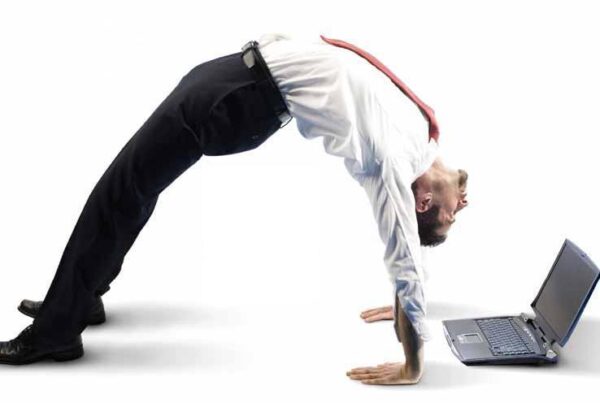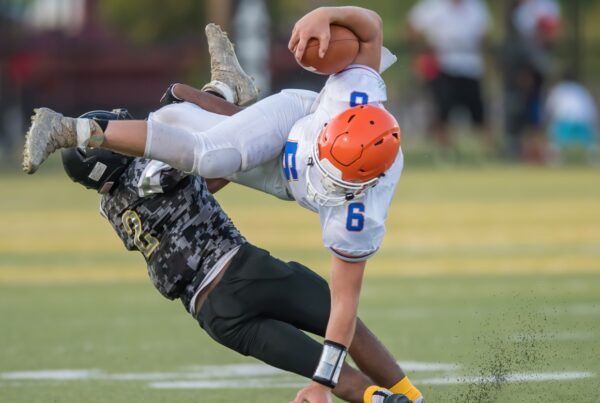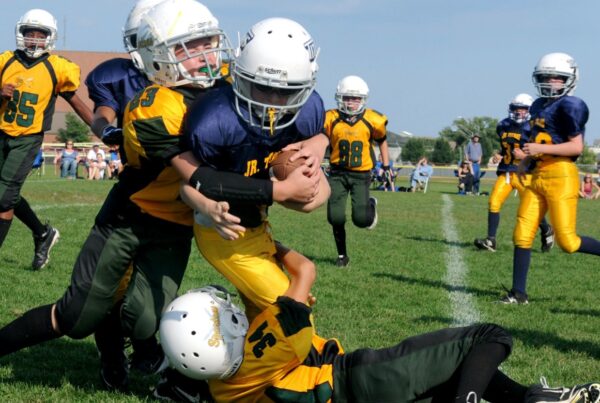by Katherine Hartsell, PTA
Service Your Stride: The Runner’s Edition
The Starting Line
As human beings, we each have our own idiosyncratic movement profiles shaped by years of activities and habits that our tissues have adapted around. You can note these personal flares through the observation of various runners. But look past these personalized expressions, and it is clear that runners share many similar obstacles, problem areas and imbalances.
The Short of It
Iliotibial Band Syndrome (ITBS), a well-known injury in the running circle, is when the thick strap of connective tissue (IT band) that runs down the outer thigh becomes painful and inflamed. Less known in the community is that the root of this problem often comes from the short, almost hidden muscle that originates on the pelvis and blends into the IT band (spanning the territory a front pocket would occupy), called the tensor fascia latae (TFL). The TFL, a hip flexor, internal rotator and abductor, suffers from a very common habit in our society – sitting. As natural as our environmental setup might seem to us (because our minds and our bodies have adapted to it all), the SEATS that dominate our lifestyle – from desk chairs to car seats to toilet seats – create a host of problems for all individuals, but particularly for runners. This seated pattern that we passively practice at work, at home, and at many places in between, is what our tissues learn to conform to. We end up holding the shape of being seated, even when we stand, walk, and run. Because sitting is often the pattern we rehearse with the most frequency and for the longest durations, our hip flexors, including the TFL, are susceptible to becoming tense, irritated and weak. Knee pain, back pain, hip flexor pain and, yes, IT Band Syndrome are just a few of the prevalent problems that runners can trace back to tight hip flexors.
X Does Not Always Mark the Spot
Pain and discomfort loves to set up camp in what runners identify as the IT band but it can often be the lesser-known Latin neighbors collecting the pain-inducing tension. Partnering up with short hip flexors are tight quadriceps. The outermost quadricep, Vastus Lateralis, snuggles right under the IT band, and tightness in this area compounds the hip flexor tension up the chain. The IT band might win the diagnosis name game, but it’s these interconnected muscle groups usually hosting the pain party.
The Long of It
The gluteus maximus, the muscle we sit on (and suffocate) much of the day, is what “pushes” a runner into a longer stride and faster pace. A runner’s ability to extend the hip backwards depends on strength in the gluteus maximus, the stability of the pelvic girdle (including gluteus medius, hip external rotators and deep core muscles) and the flexibility of the hip flexor muscles. All too often, these sleepy, underused glutes can’t participate in the running stride against the resistance of the overactive and shortened hip flexors. This cyclic pattern traps the runner on a path towards subpar performance, imbalance and injury.
Refocus
Most runners embrace the logic that practice, focus, and persistence will help improve their personal performance. With a little specificity added to that philosophy, longer strides, faster pacing and healthier individuals can be cultivated. With focused practice, the hips can learn to release, enabling the glutes to engage and a new pattern to be etched in. Our tissues adapt to what we do most often, not most passionately, so persistence in the everyday moments will add up.
Try this mini-program by Soma System® before and after you run. By incorporating self-bodywork with stretching and strengthening, you can release shortness in the TFL and IT band, while awakening the sleeping glutes to stabilize your pelvis and lengthen your stride.
Katherine Hartsell is a Physical Therapist Asstistant at Boston Sports Medicine



